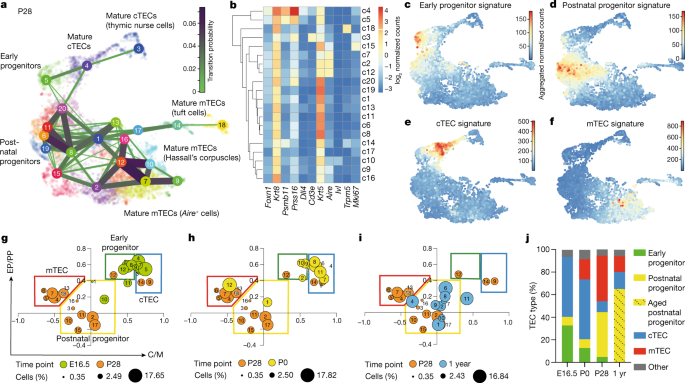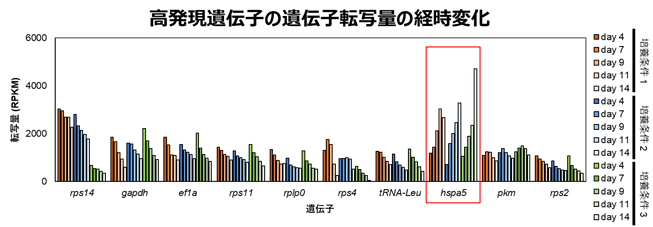マックス・プランクの研究者が、ライフステージの異なる胸腺の成長を制御する上皮性幹細胞を同定 Max Planck researchers identify epithelial stem cells that control the growth of the thymus at different stages of life
2022-05-25 マックス・プランク研究所
<関連情報>
2種類の二価の胸腺上皮前駆細胞の発生ダイナミクス Developmental dynamics of two bipotent thymic epithelial progenitor types
Anja Nusser,Sagar,Jeremy B. Swann,Brigitte Krauth,Dagmar Diekhoff,Lesly Calderon,Christiane Happe,Dominic Grün & Thomas Boehm
Nature Published:25 May 2022
DOI:https://doi.org/10.1038/s41586-022-04752-8

Abstract
T cell development in the thymus is essential for cellular immunity and depends on the organotypic thymic epithelial microenvironment. In comparison with other organs, the size and cellular composition of the thymus are unusually dynamic, as exemplified by rapid growth and high T cell output during early stages of development, followed by a gradual loss of functional thymic epithelial cells and diminished naive T cell production with age1,2,3,4,5,6,7,8,9,10. Single-cell RNA sequencing (scRNA-seq) has uncovered an unexpected heterogeneity of cell types in the thymic epithelium of young and aged adult mice11,12,13,14,15,16,17,18; however, the identities and developmental dynamics of putative pre- and postnatal epithelial progenitors have remained unresolved1,12,16,17,19,20,21,22,23,24,25,26,27. Here we combine scRNA-seq and a new CRISPR–Cas9-based cellular barcoding system in mice to determine qualitative and quantitative changes in the thymic epithelium over time. This dual approach enabled us to identify two principal progenitor populations: an early bipotent progenitor type biased towards cortical epithelium and a postnatal bipotent progenitor population biased towards medullary epithelium. We further demonstrate that continuous autocrine provision of Fgf7 leads to sustained expansion of thymic microenvironments without exhausting the epithelial progenitor pools, suggesting a strategy to modulate the extent of thymopoietic activity.


